While June 29th remains a holiday in Rome in 2020, the usual celebrations have had to be scaled back because of the coronavirus epidemic.
Here's what you need to know about the history and traditions of St Peter and Paul's Day.
That's right, Rome has two patron saints
St Peter, first bishop of Rome and namesake of the world's largest church, may be the first name that comes to mind, but St Paul is joint patron of the Eternal City. Both apostles were martyred in Rome within three years of each other and both are said to be buried at the two basilicas that bear their names today: St Peter's at the Vatican, and St Paul's Outside the Walls, to the south of the historic centre.
Both churches have matching statues of the two saints. You'll also see them represented together on either side of the bridge leading to Castel Sant'Angelo, the riverside fortress that once protected the popes, St Peter holding the keys to heaven and St Paul the sword.
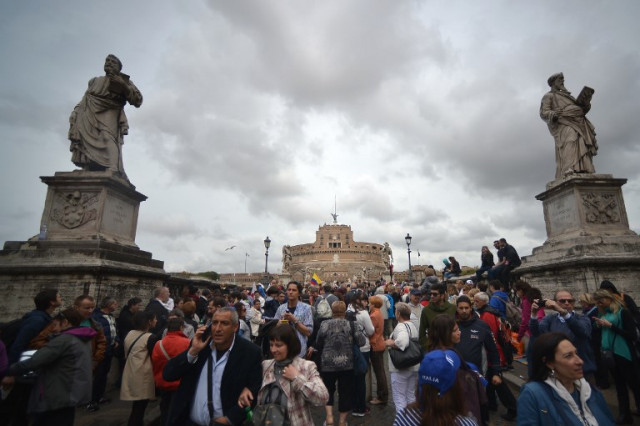
Photo: Filippo Monteforte/AFP
And Caravaggio paired them in two of his most striking religious paintings, the Conversion of Saint Paul and the Crucifixion of Saint Peter, which hang opposite each other to this day at the Basilica of Santa Maria del Popolo.
They each have their individual feast days earlier in the year, but June 29th commemorates their deaths at the hands of the Romans – Peter's by upside-down crucifixion, Paul's by beheading – as well as their significance for Christianity in Rome and around the world.
.jpg)
The Conversion of St Paul by Caravaggio
It's a public holiday, but only in Rome
The capital celebrates June 29th as an official holiday, so be prepared to find some shops and offices closed and transport running on a reduced schedule.
READ ALSO: 'No segways, no crowds, and only Italian spoken': Here's what visiting Rome is like right now
But you can expect less disruption than you'd find on a nationwide holiday, with intercity transport operating as usual and most museums and visitor attractions remaining open. And if you work in Rome, you might even get the day off.
The celebrations are solemn…
As you'd expect, most of the festivities are concentrated in and around St Peter and Paul's twin basilicas. They start with special vespers at St Paul's on the evening of June 28th, followed by masses throughout the next day. The church concludes its celebrations with a solemn procession of the iron chains said to have held Paul as he awaited his death.
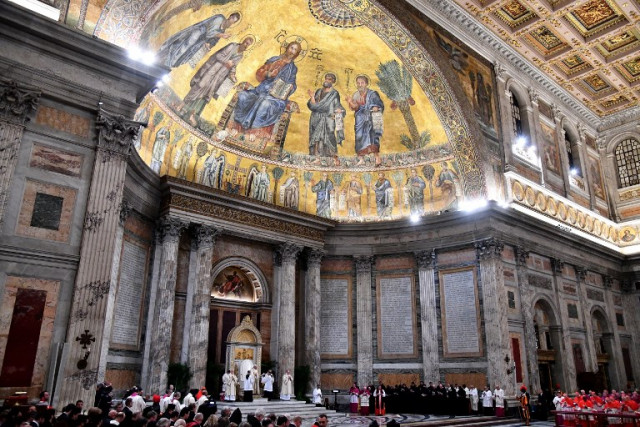
Photo: Vincenzo Pinto/AFP
In St Peter's, a bronze statue of the eponymous saint – the one kept on the right of the nave as you approach the main altar, and which has lost its toes to centuries of rubbing by pilgrims – is dressed for the occasion in full pontifical vestments, including the papal tiara and ring.
The current pope celebrates a mass on the morning of the 29th at which he blesses the pallium, a white woollen stole to be given to newly appointed archbishops as a symbol of the authority granted them by the Holy See.
The ceremony and the traditional prayers in St Peter's Square that follow it took place again this year, although with fewer people.
… and spectacular
Aside from the liturgical celebrations, Rome lays on quite a show in honour of its two patron saints.
The most unique festivity takes place outside the Vatican: starting in St Peter's Square, volunteers build a spectacular carpet of flowers that leads down Via della Conciliazione and towards the River Tiber.
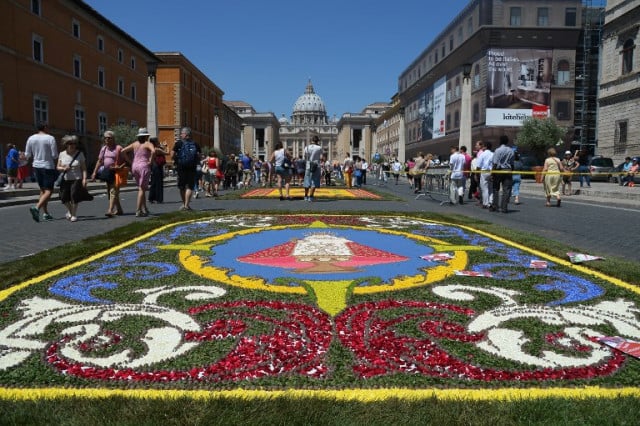
Photo: Vincenzo Pinto/AFP
Known as the Infiorata, it's a tradition started by a master florist in the 17th century and not much changed today. Beginning the day before and working through the night to have the floral artworks ready for the pope's celebrations on June 29th, participants from all over Italy scatter bright petals, salt and coloured sawdust to create a new range of designs each year.
In 2020, however, the Infiorata was exceptionally cancelled.
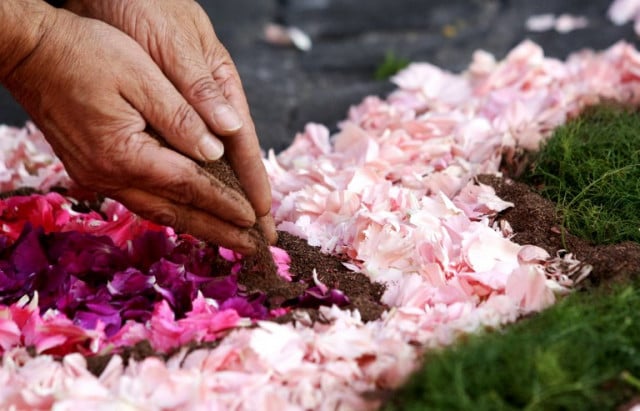
Photo: Tiziana Fabi/AFP
The other highlight is a massive firework show the same evening. Dubbed the Girandola ('pinwheel'), legend has it that it began during the Renaissance when Michelangelo designed a grand fireworks display lit from the Castel Sant'Angelo, culminating with an enormous fountain of sparks that poured over the round fortress like a giant Catherine wheel.
The practice became an annual tradition for four centuries, until killjoys in the 1880s decided it was too dangerous. It was revived – with better safety standards – in the 2000s and now usually takes place on the Pincio Terrace overlooking Piazza del Popolo, ensuring the sparks can be seen all over Rome.
This year, though, the display has been cancelled because of the pandemic. Instead there'll be a video version that you can watch online, starting at 9pm (details here).
There will also be private fireworks this evening at the Cinecittà film studios on the south-east outskirts of Rome, for any visitors who buy a regular entry ticket today.
Buona festa!
READ ALSO:

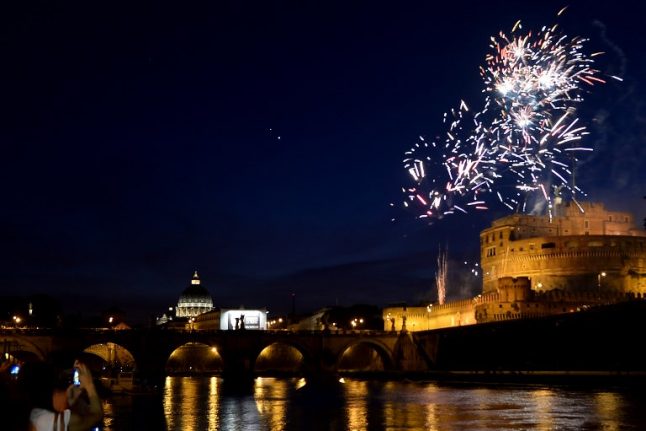
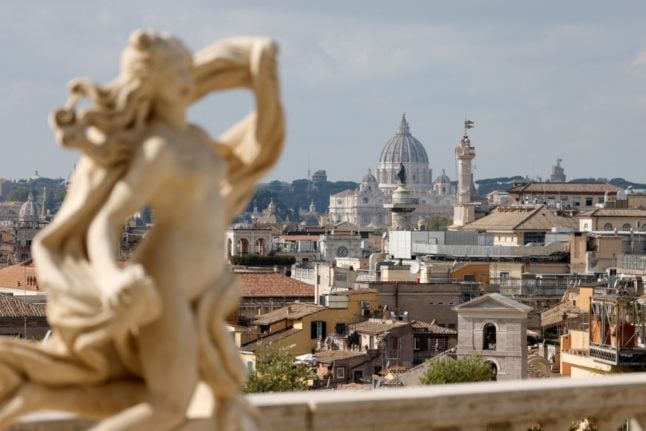
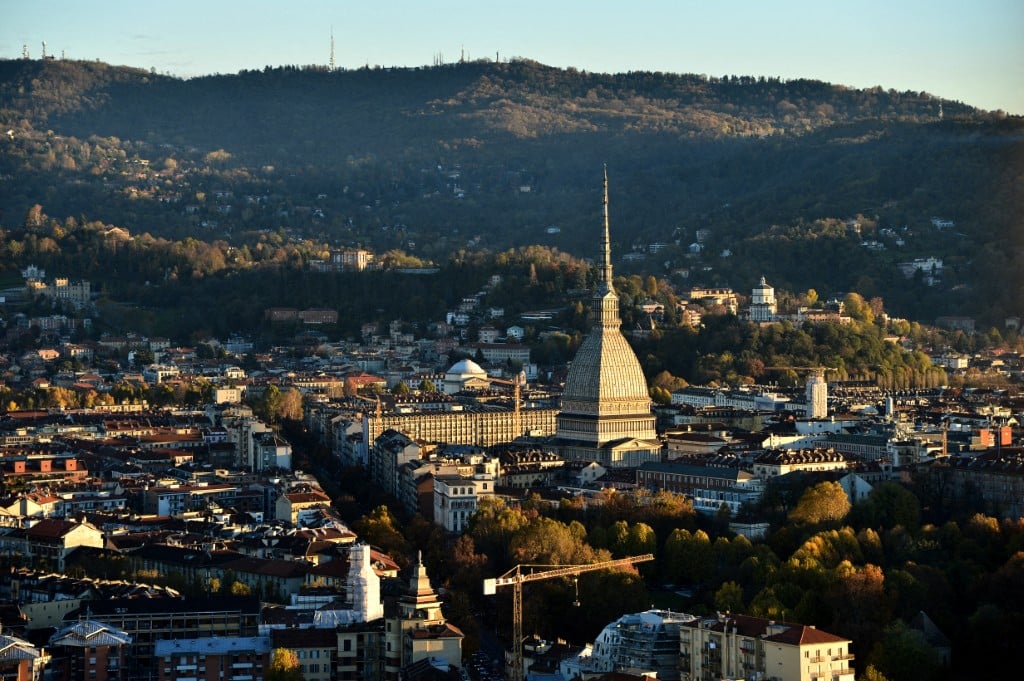
 Please whitelist us to continue reading.
Please whitelist us to continue reading.